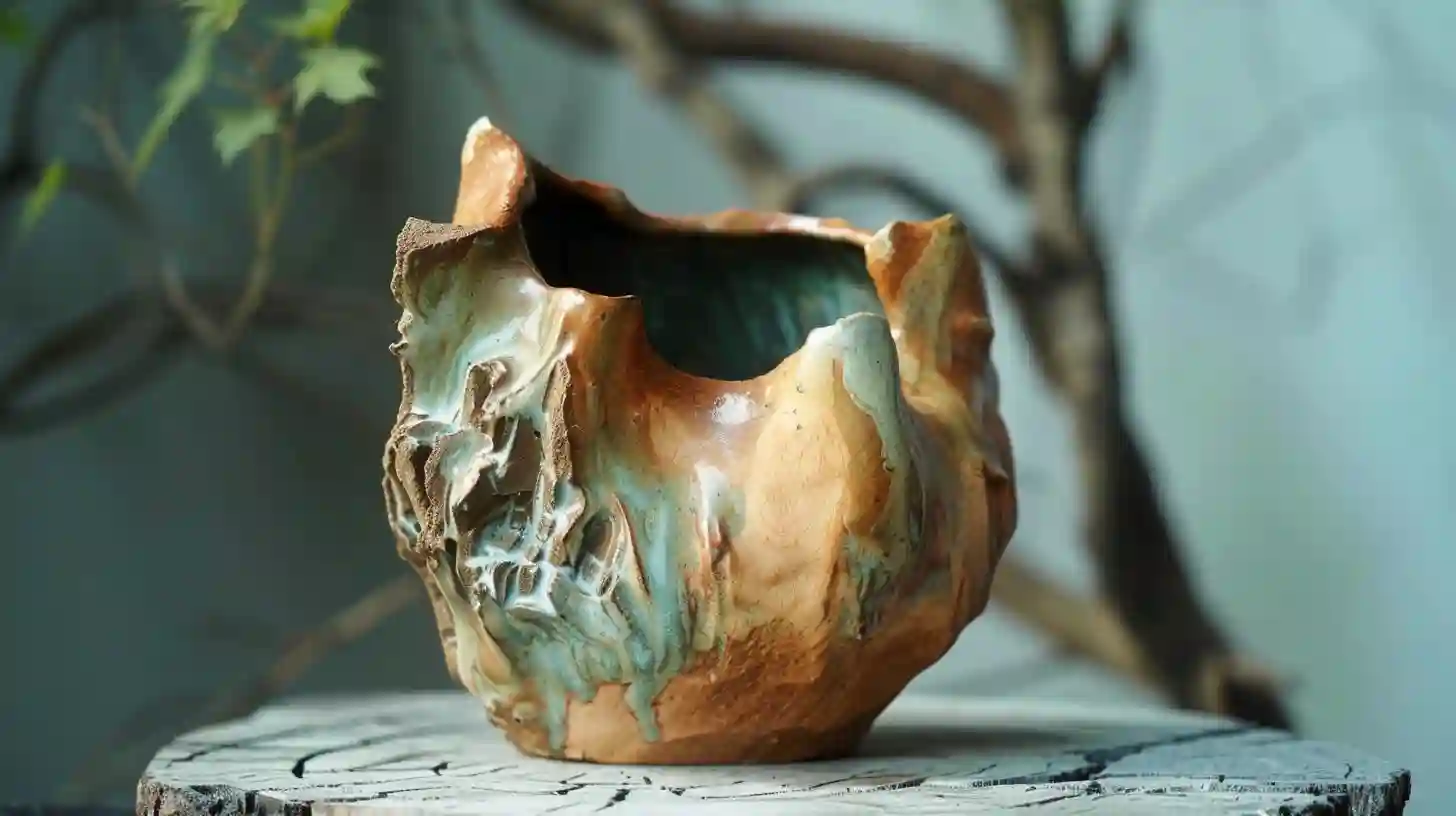
Ceramics is one of humanity's oldest crafts, embodying traditions that harmonize art, functionality and cultural expression. Handmade pottery holds a special place in human history, spanning continents and millennia and demonstrating humanity's enduring connection to earth and fire. The origins of handmade pottery are a complex story that interweaves geology, invention and human creativity.
The origins of handmade pottery can be traced back to the Upper Paleolithic era, around 28,000 BC. BC, when the earliest known ceramic artifacts were discovered. A striking example is the Venus of Dolní Vestonice, excavated in what is now the Czech Republic. This figurine, made of clay and fired at high temperatures, hints at early human experimentation with clay materials to create durable objects, likely for ritual or symbolic purposes.
The real surge in pottery production coincided with the Neolithic Revolution (c. 10,000 BC), a period marked by the emergence of agriculture and sedentary societies. This social shift required new technologies and storage solutions, which contributed to the development of pottery. Archaeological finds from regions such as the Fertile Crescent, China, and Mesoamerica illustrate the rapid spread and diversification of pottery in these emerging agricultural societies.
Neolithic potters primarily produced utilitarian objects such as storage jars, pots and bowls. These items were made from local clay, sometimes with the addition of organic materials such as chaff or crushed stone to increase durability. Early techniques included hand-making techniques such as rolling and pinching, with the pottery often left unglazed or decorated with simple carved designs.
As human society developed, so did the complexity of ceramic technology. By the Bronze Age (c. 3300 BC), the invention of the potter's wheel revolutionized pottery production. Originating in Mesopotamia, the wheel made it possible to create more uniform and symmetrical shapes, increasing both the quality and quantity of pottery.
In parallel with the development of molding technology, firing technologies were improved. Furnaces became more sophisticated, capable of reaching higher and more controlled temperatures. This allowed potters to experiment with different types of clay and glazes, greatly expanding the aesthetic and functional possibilities of ceramics. Glazing not only improved the appearance, but also made the vessels waterproof and more durable.
Handmade ceramics often go beyond mere functionality to serve as powerful symbols of cultural identity and artistic expression. This is especially evident in ancient civilizations such as Greece, China and America, where pottery played a crucial role in daily life, funerary customs and religious rites.
In ancient Greece, pottery was an integral part of both secular and sacred contexts. Greek pottery, especially from the Classical period (c. 480–323 BC), is famous for its finely painted decorations depicting mythological scenes, daily life, and sporting events. These vessels, such as amphorae and kylixes, were not just functional, but also served as storytelling devices and status symbols.
China's ceramic traditions, especially porcelain, are famous throughout the world. Originating during the Tang Dynasty (618-907 AD) and developed during the Song Dynasty (960-1279 AD), porcelain represents the pinnacle of ceramic artistry. Chinese potters have perfected the use of kaolin clay and high-temperature kilns to create translucent white ceramics that are both delicate and durable. During the Yuan and Ming dynasties, Chinese porcelain, decorated with intricate blue and white patterns, became a highly sought after export, influencing ceramic styles throughout the world.
Likewise, pre-Columbian civilizations in the Americas such as the Mayans, Aztecs and Incas left behind a rich ceramic heritage. These cultures produced a wide range of pottery for everyday use, ceremonial purposes, and as grave goods. Many were intricately painted or cast in the form of figurines of deities, animals, and symbolic motifs reflecting their cosmology and social structures.
Today, the craft of handmade pottery continues to thrive, combining ancient techniques with modern innovations. Contemporary ceramic artists are inspired by the legacy of their predecessors, pushing the boundaries of form, texture and glaze. A revival of interest in handmade and artisanal products has led to a new understanding of the skills and craftsmanship involved in ceramic production.
Craftsmen around the world continue to use traditional methods such as wheel throwing, hand construction and primitive firing, often incorporating local motifs and practices. At the same time, modern technology provides new tools and materials, promoting innovation in the craft. Techniques such as raku firing, porcelain slip casting, and the use of digital tools for precision and design have expanded the horizons of what is possible in ceramic art.
The emergence and development of handmade pottery is a testament to human ingenuity and the enduring appeal of transforming humble earth into useful, beautiful and meaningful objects. From the clay figurines of Paleolithic Europe to the exquisite porcelain of Imperial China, ceramics demonstrate the rich dialogue between humanity and the environment, reflecting cultural evolution and technological advances over millennia.
When studying the history of handmade ceramics, one observes a continuous thread of creativity, adaptation and cultural expression. This ancient craft not only serves practical needs, but also embodies the collective spirit of a society over time. As we continue to innovate and build on our ceramic heritage, the art of handmade ceramics remains a vital and dynamic aspect of human culture.